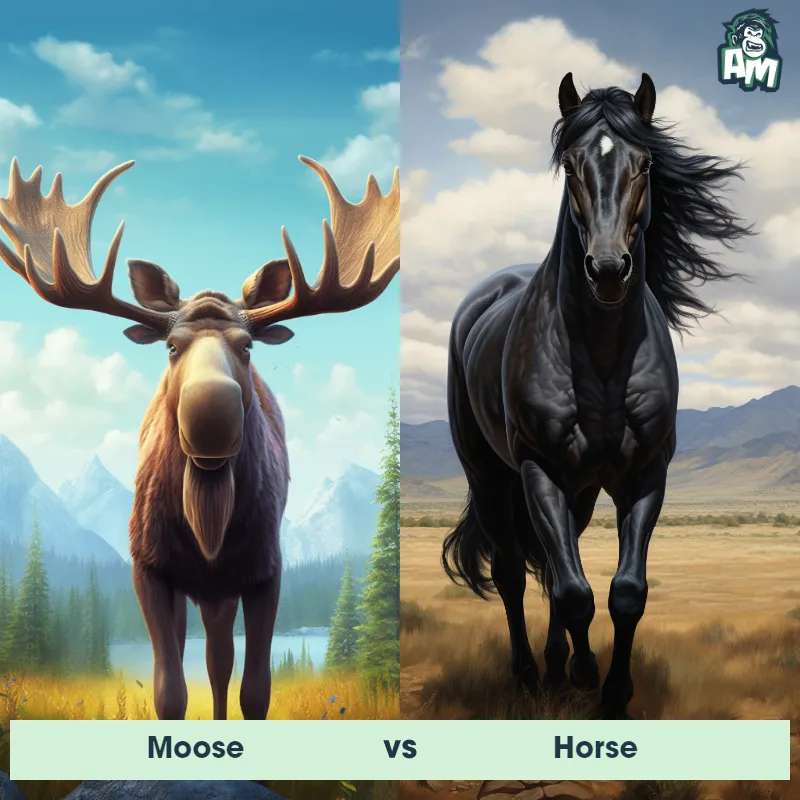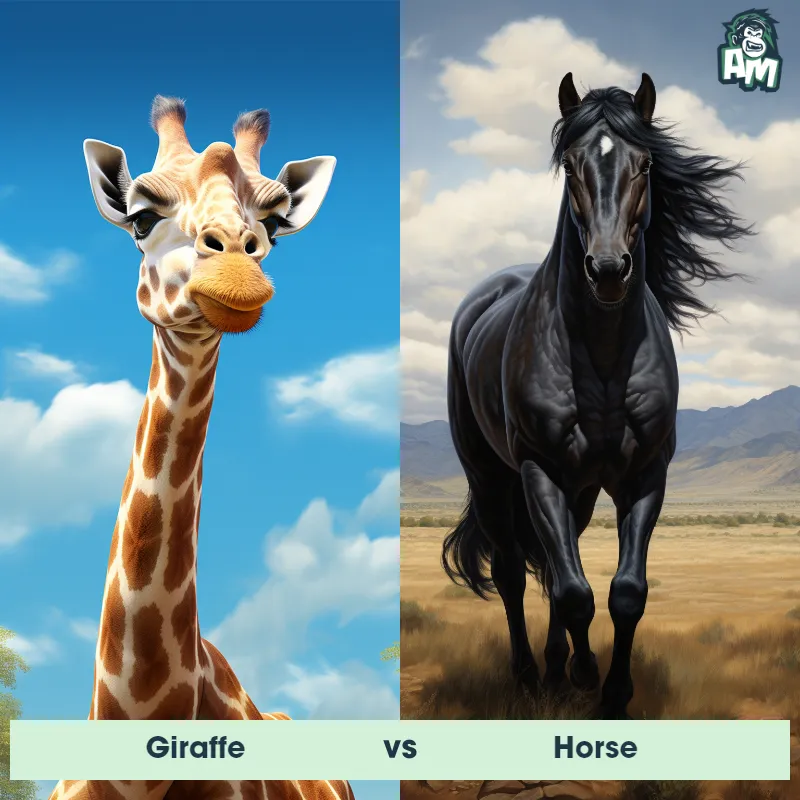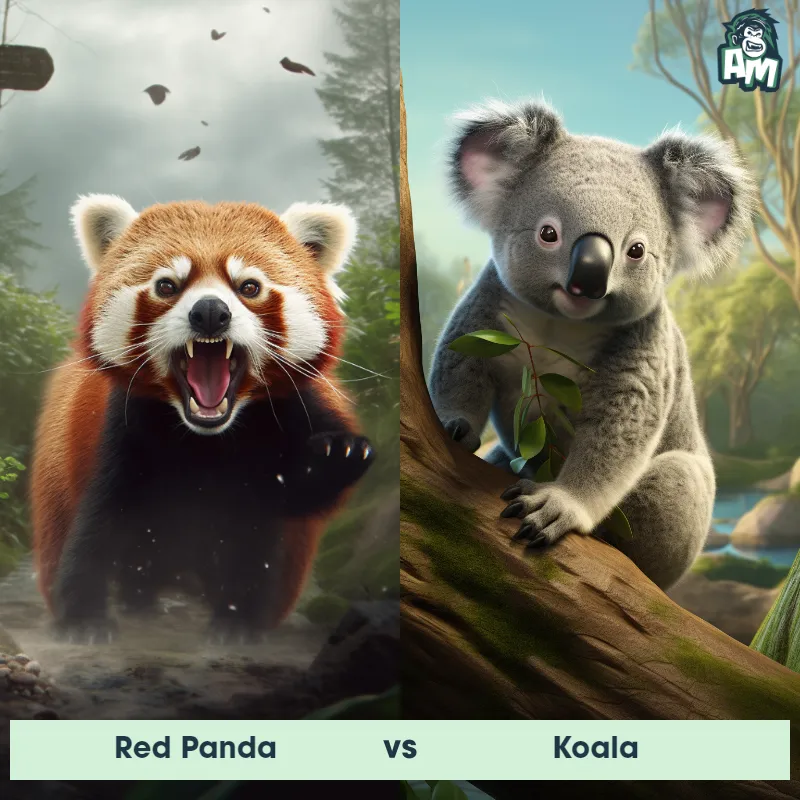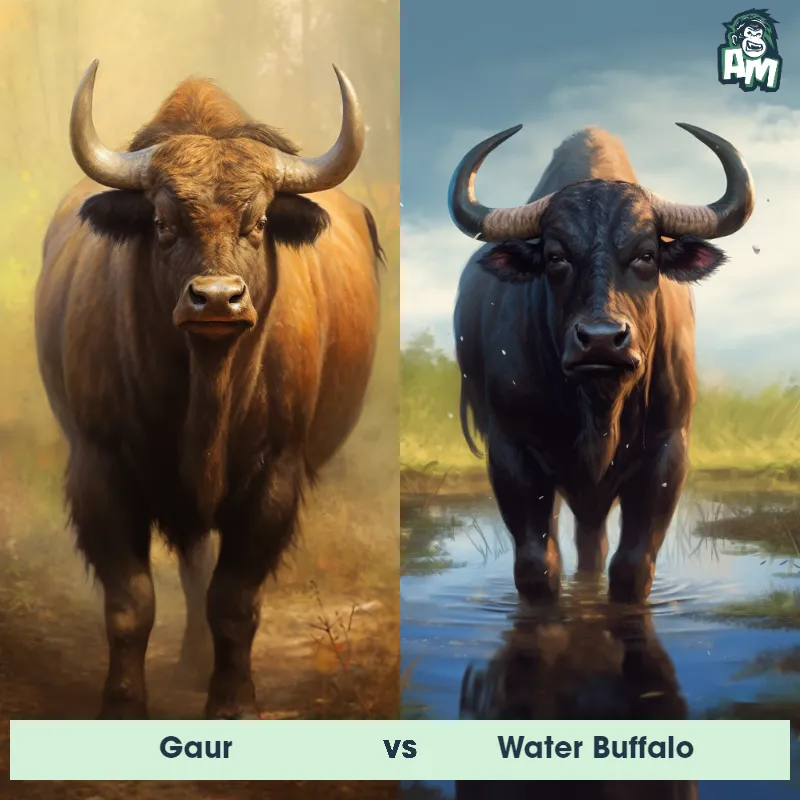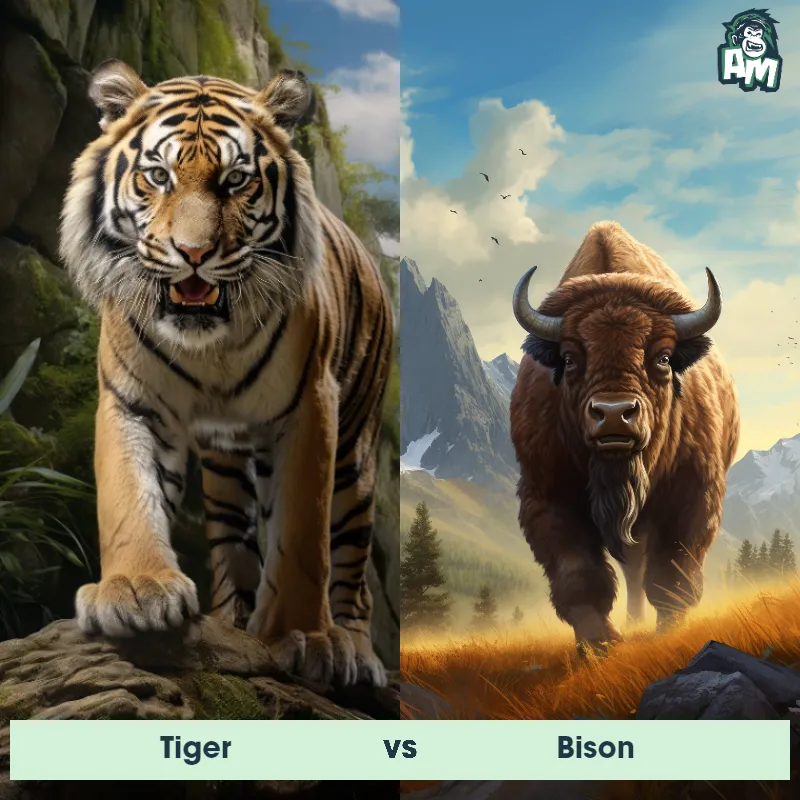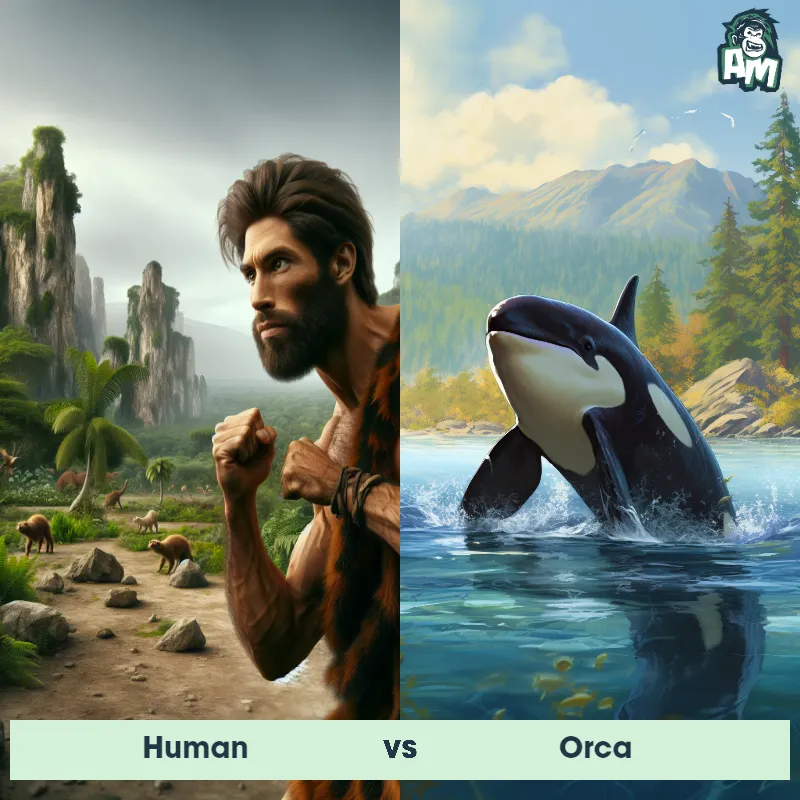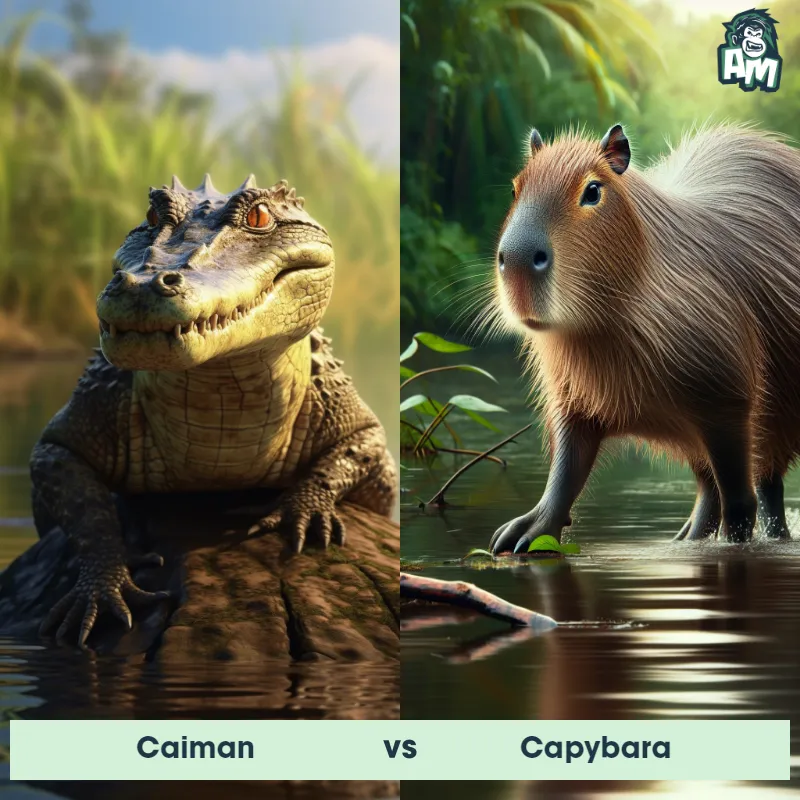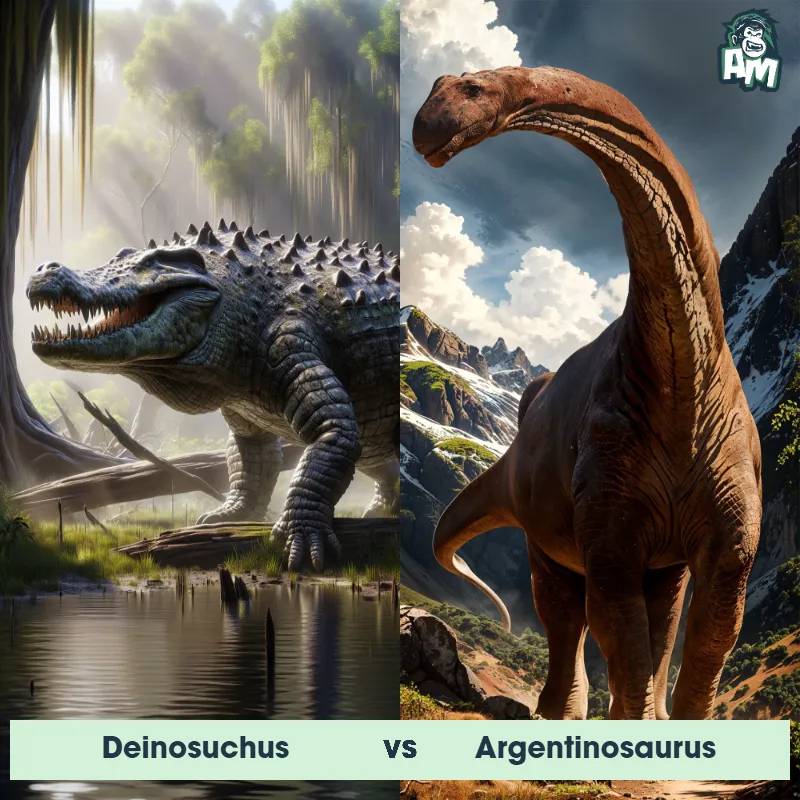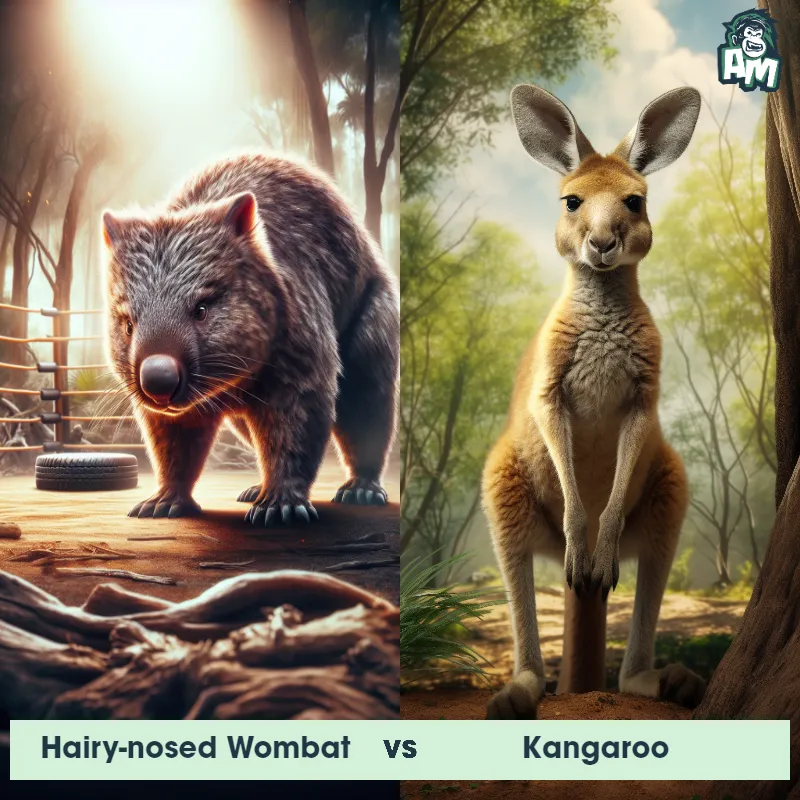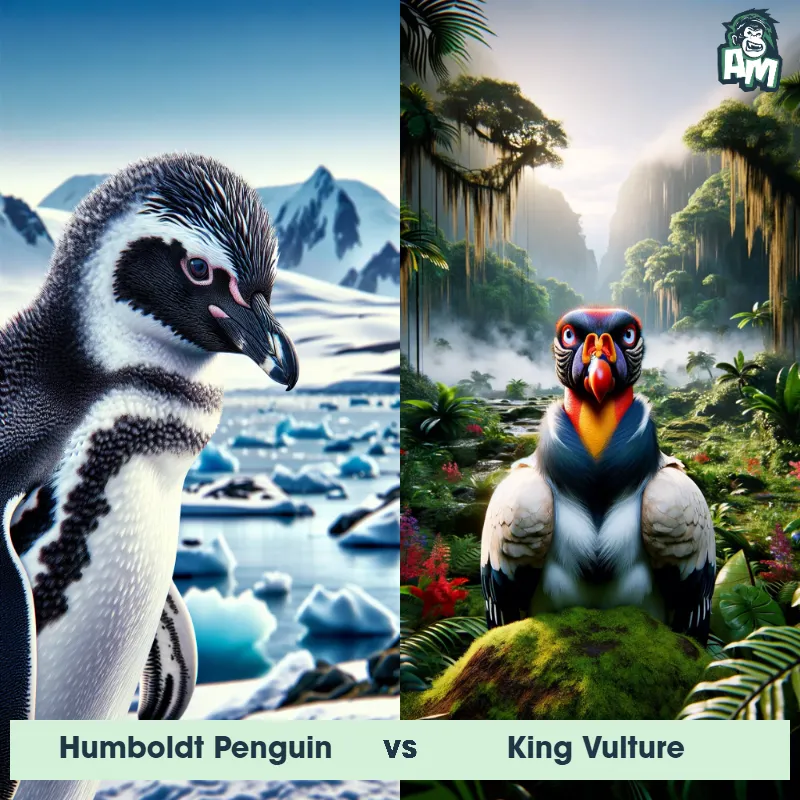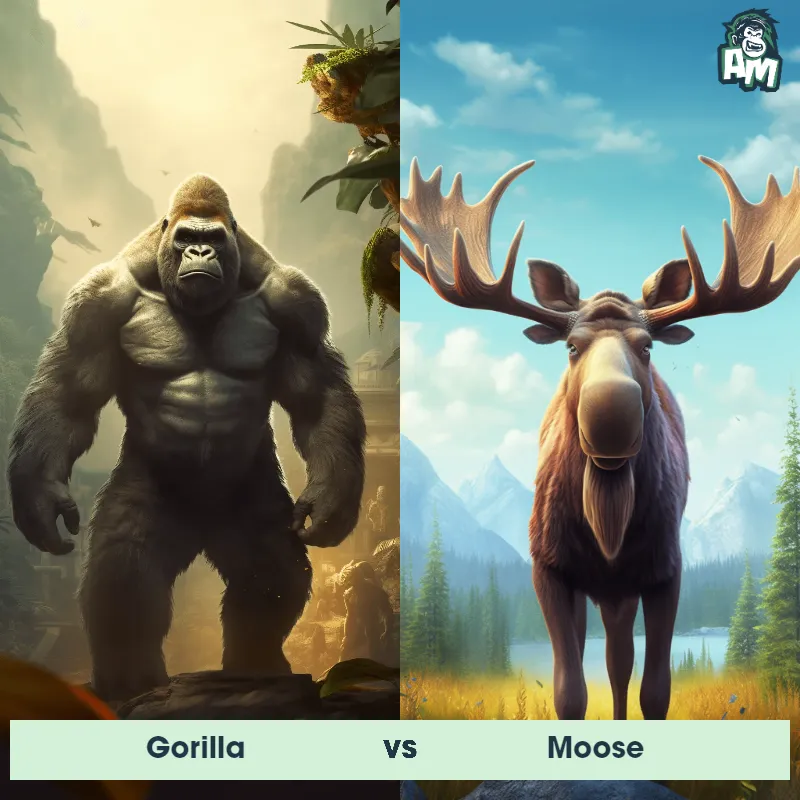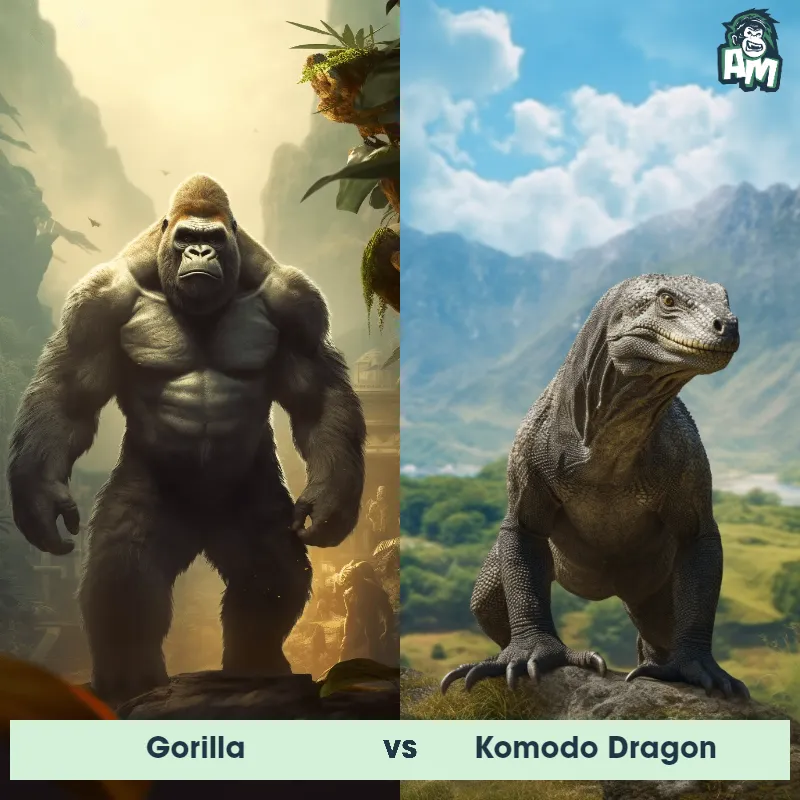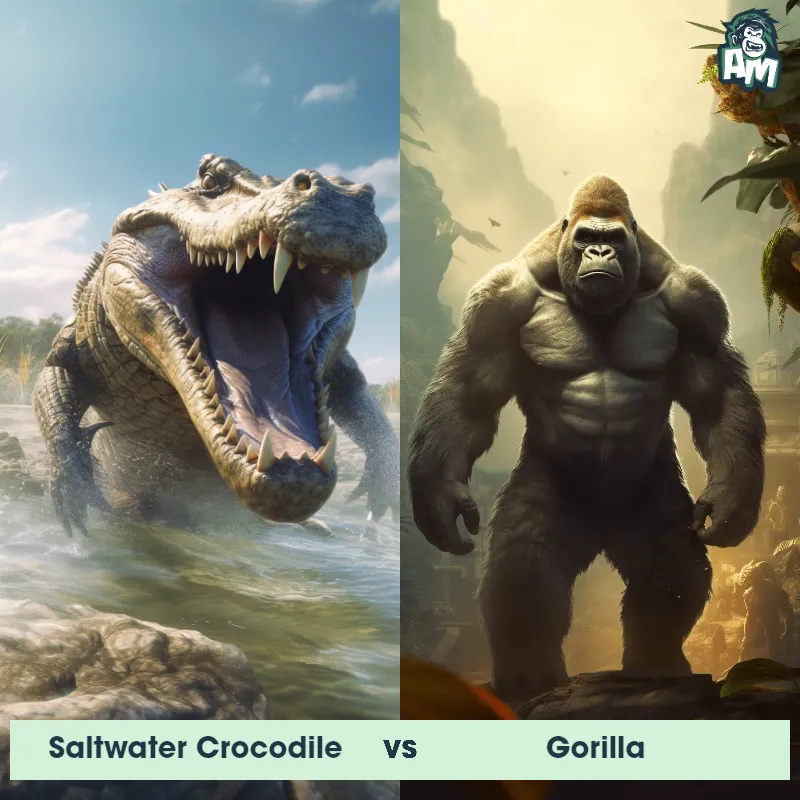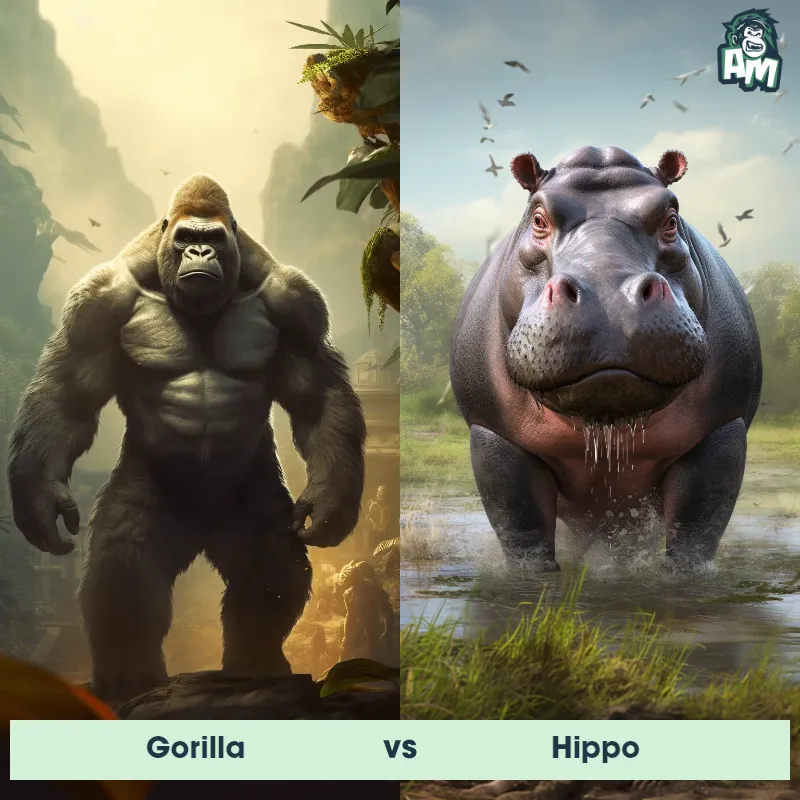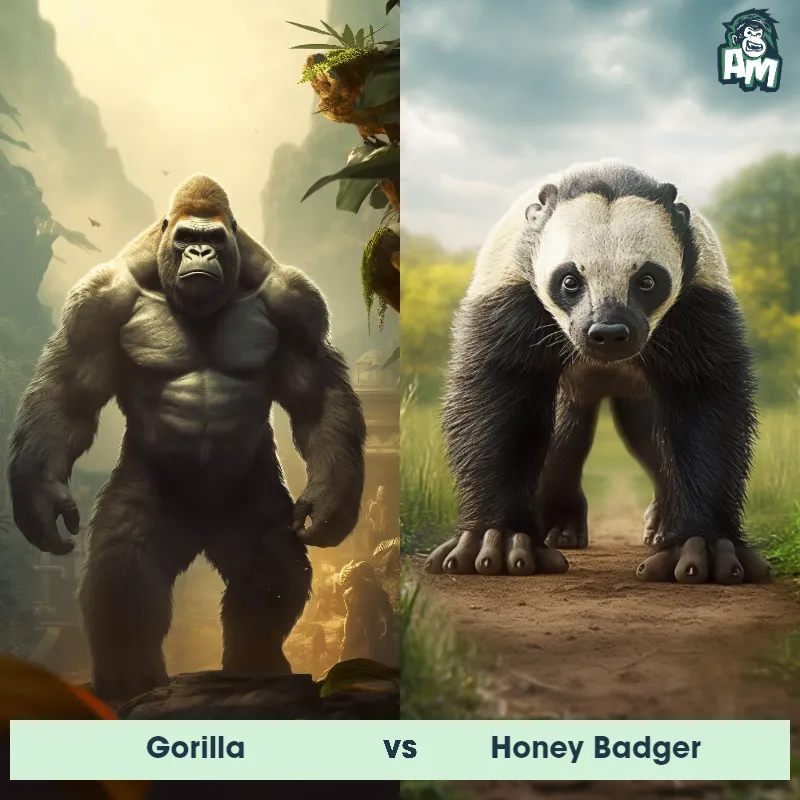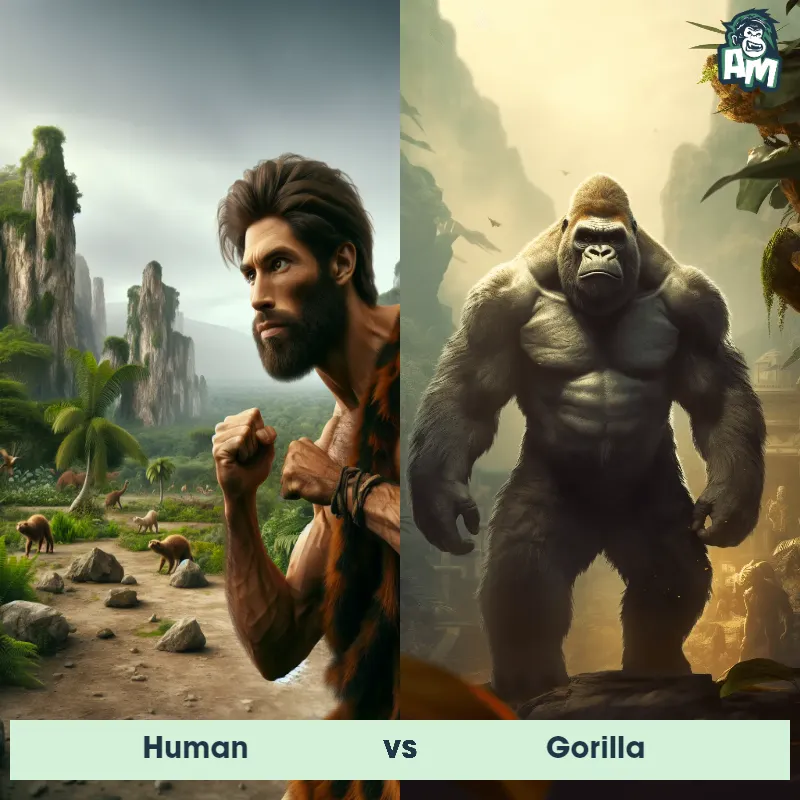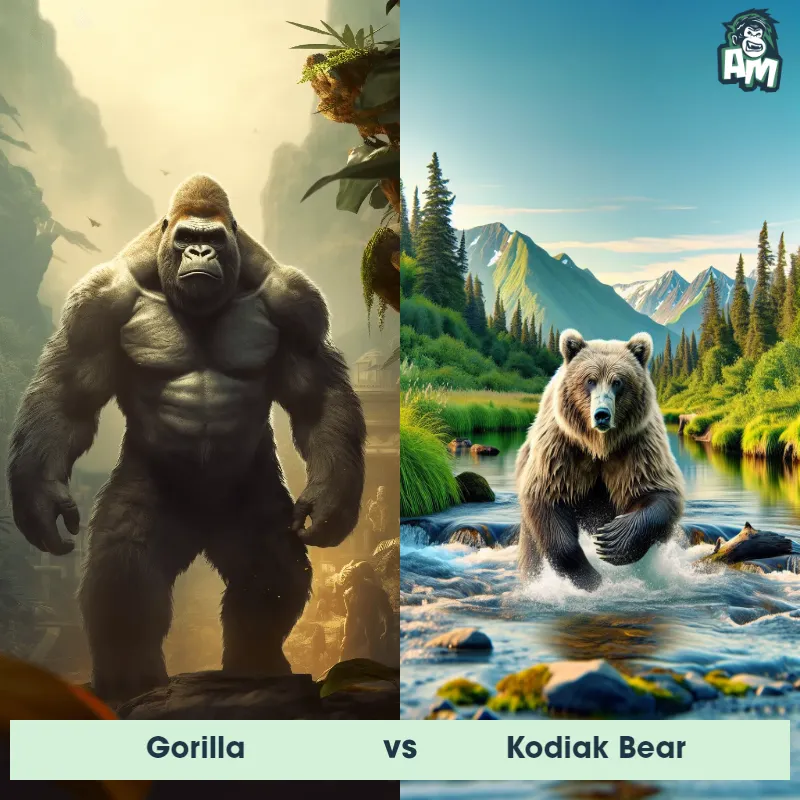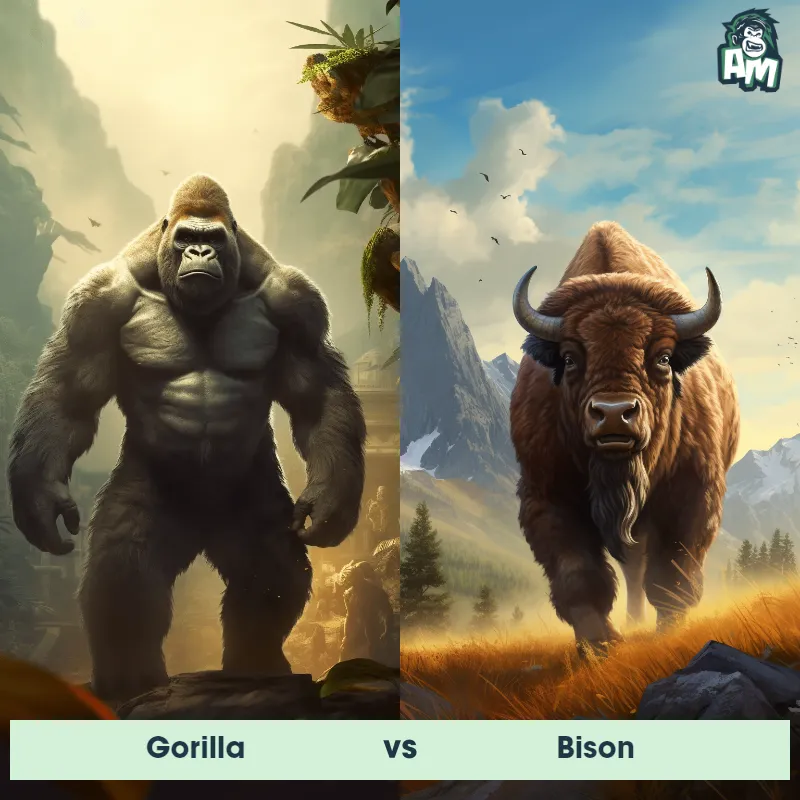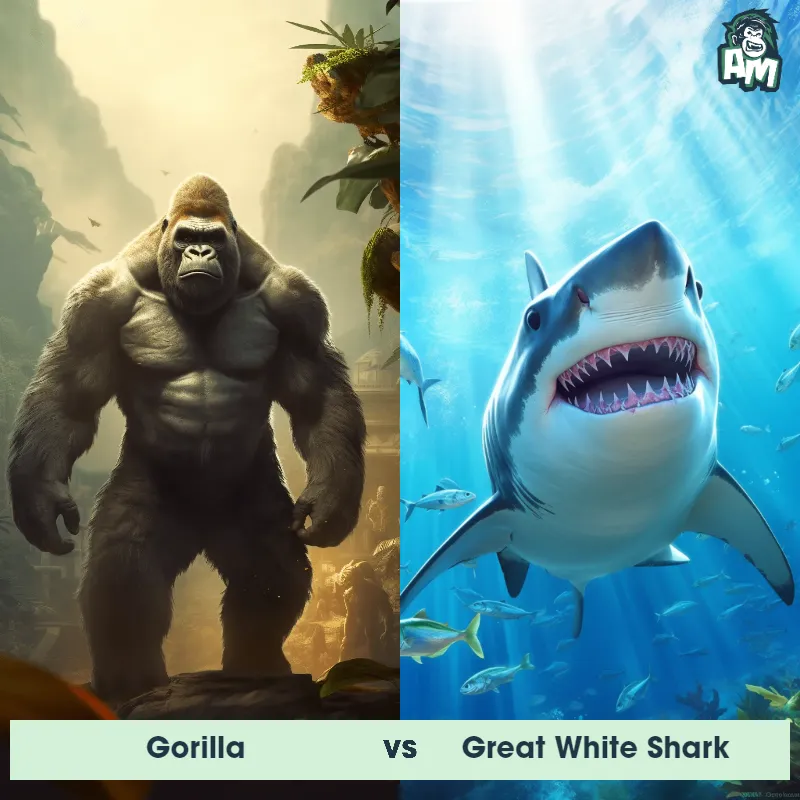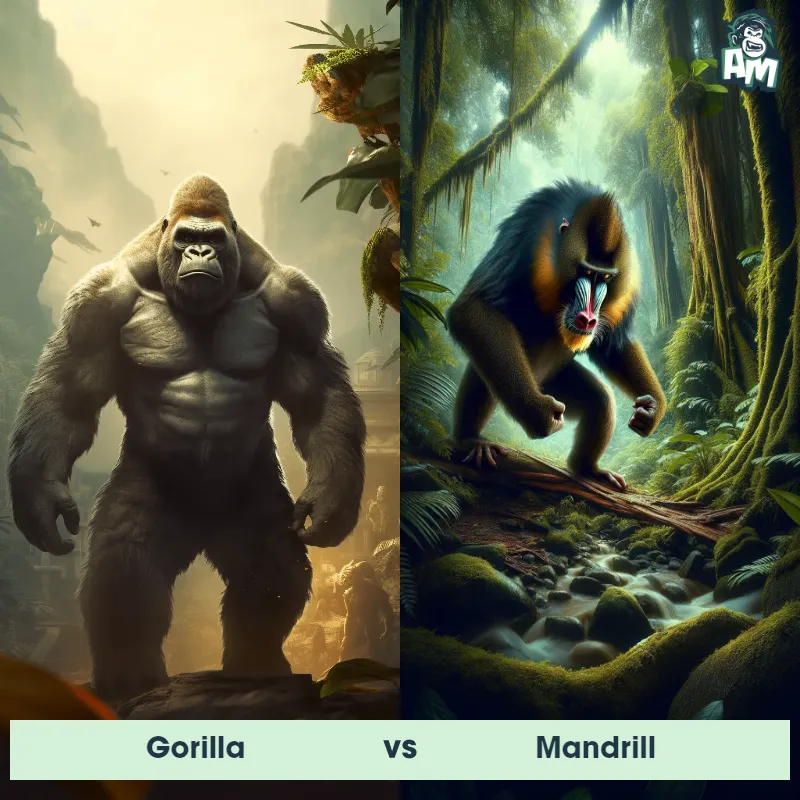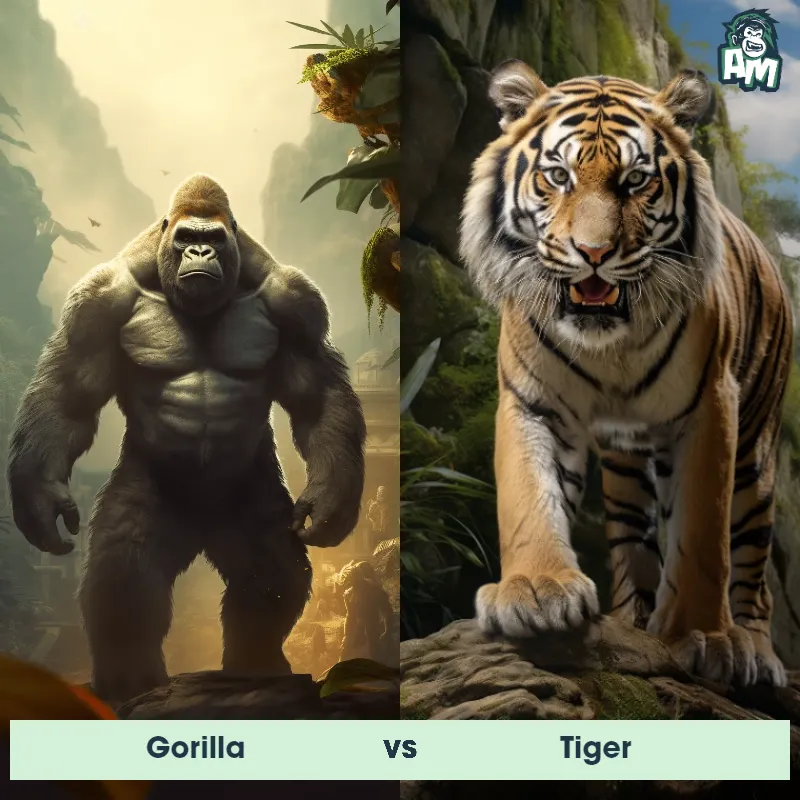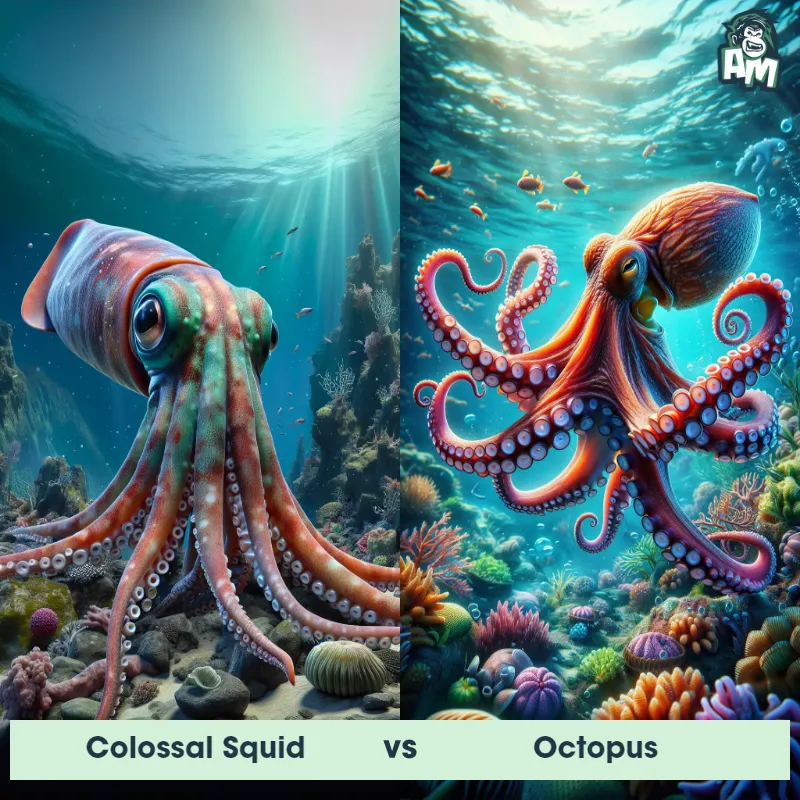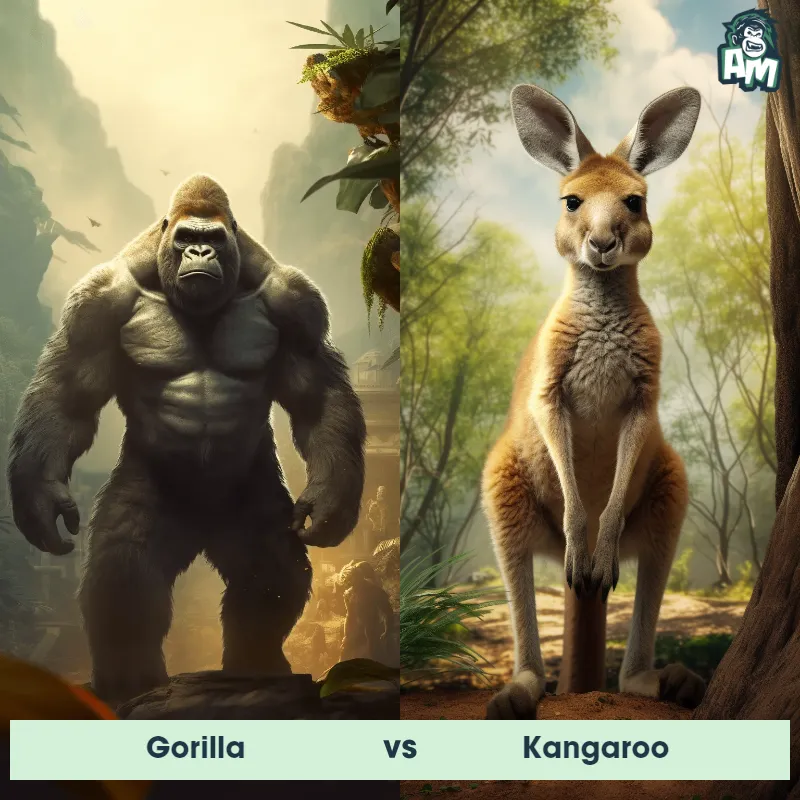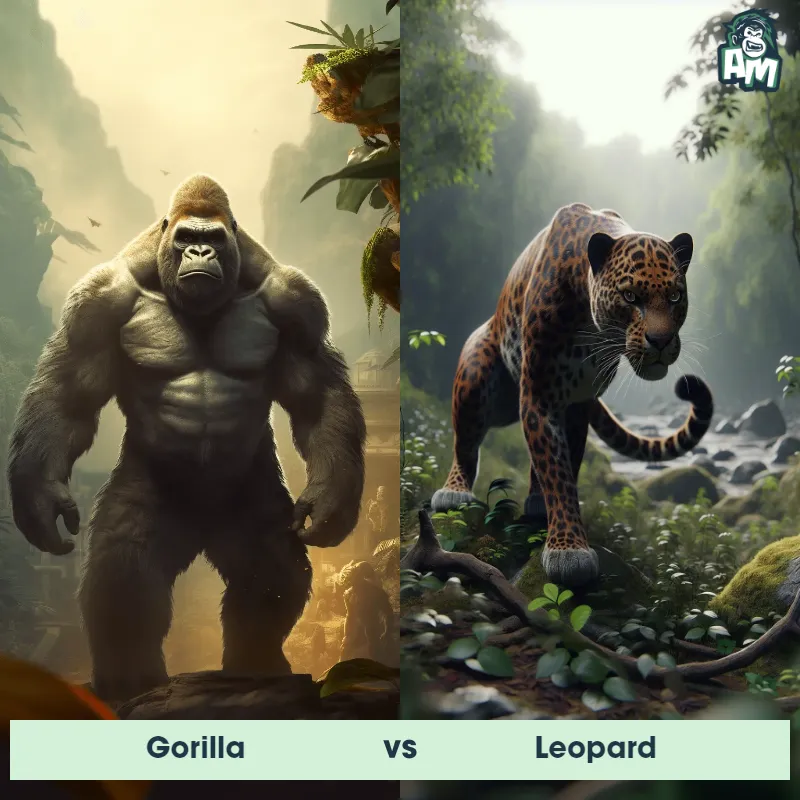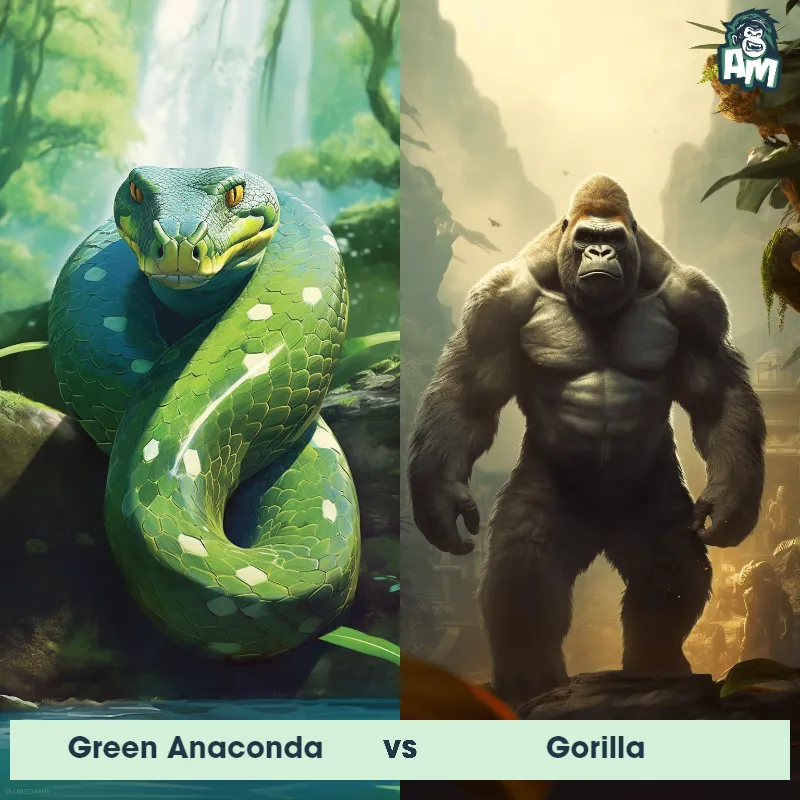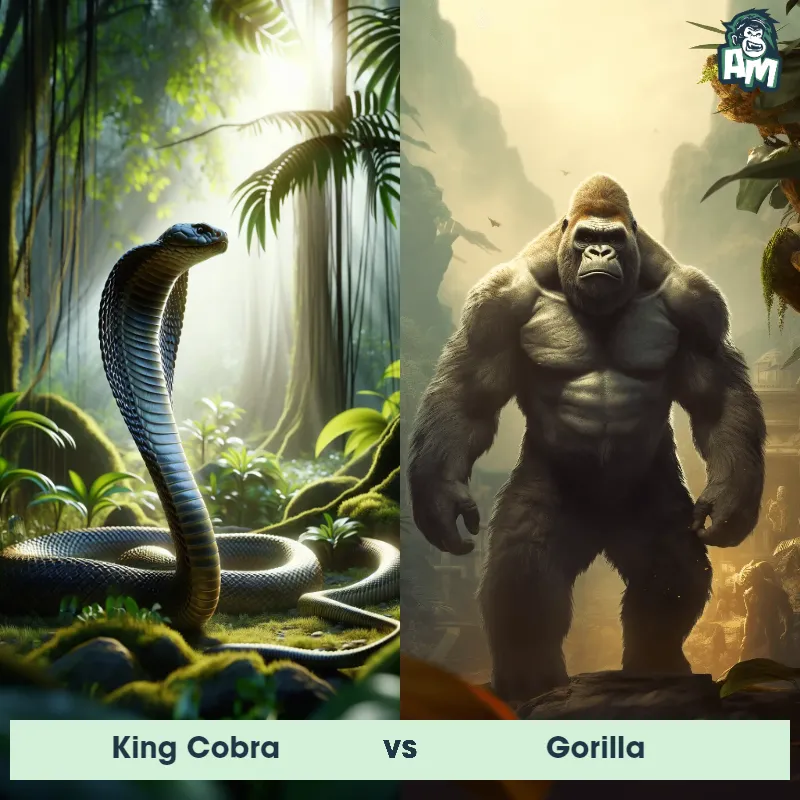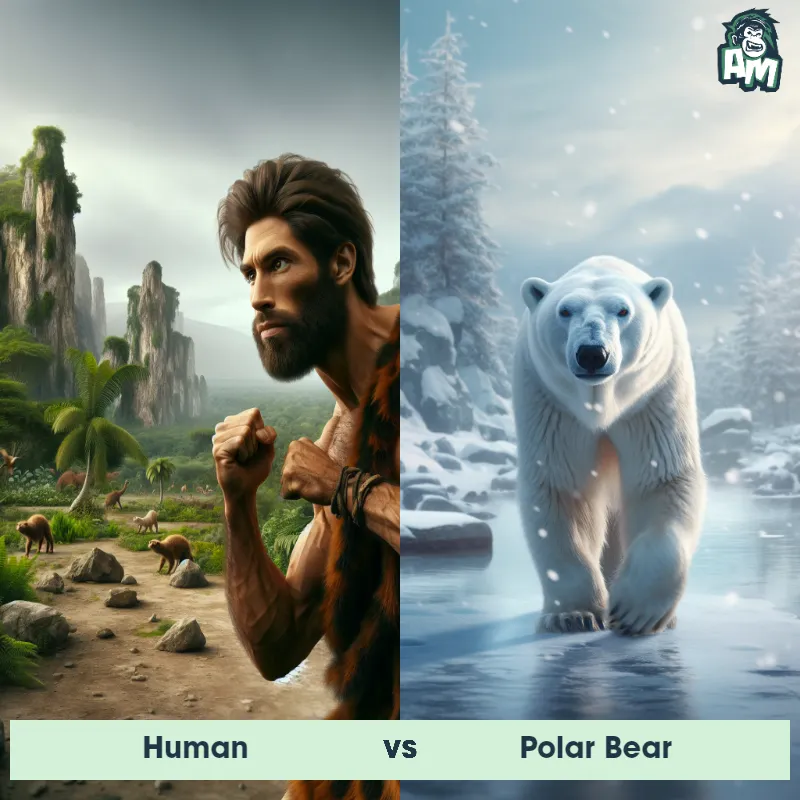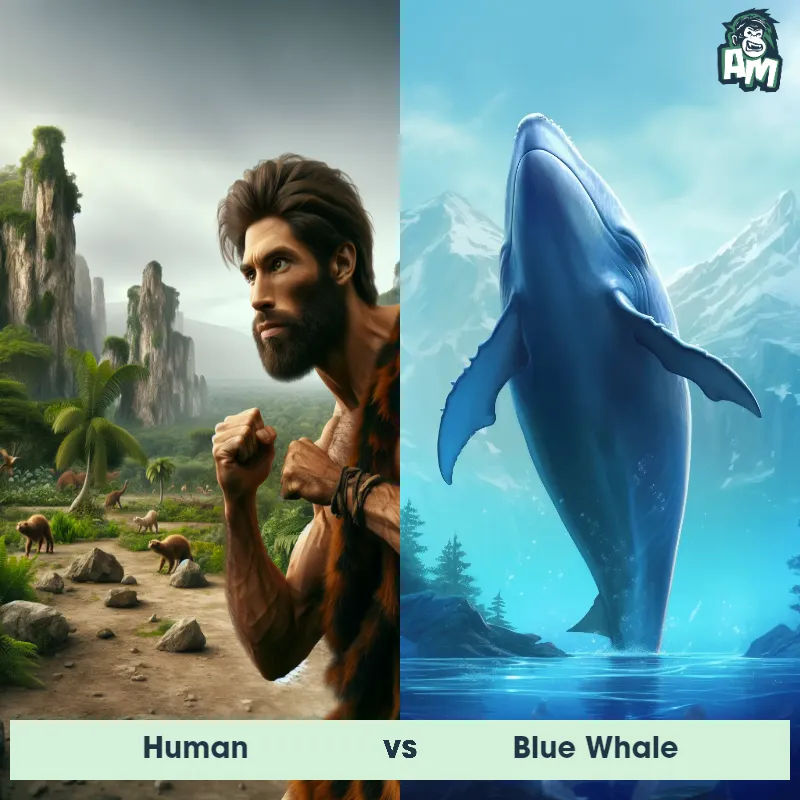Gorilla vs OctopusSee Who Wins
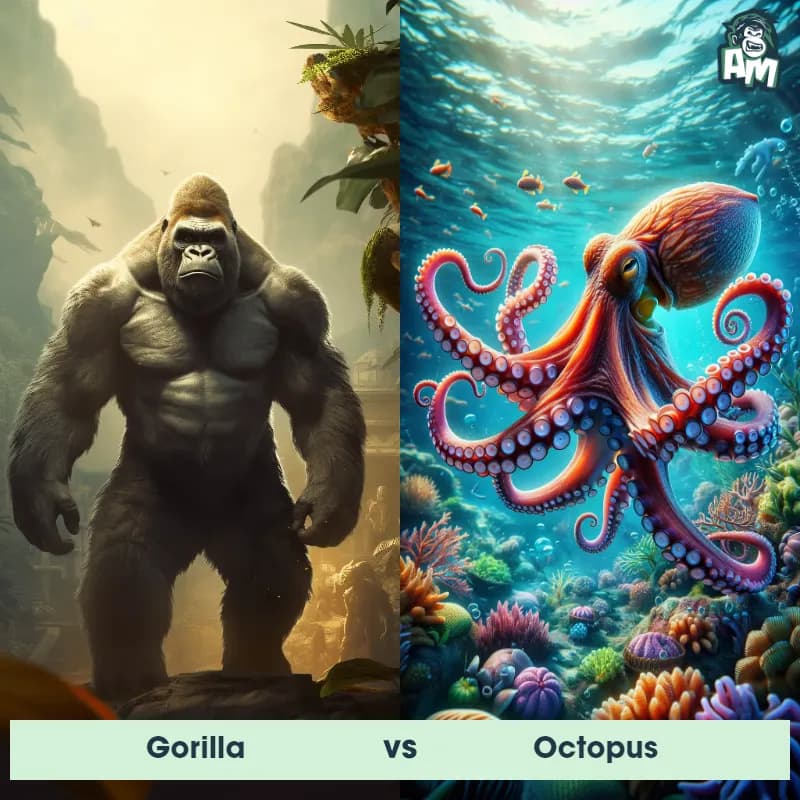
Ladies and gentlemen, welcome to this thrilling matchup between two apex predators of the animal kingdom! Tonight, we witness a fascinating clash between a mighty Gorilla and a cunning Octopus. Both animals possess unique strengths and strategies, making this fight an unpredictable spectacle. Let's dive right into the action!
Contender 1: Gorilla
The Gorilla is a large, powerful primate that is native to the forests of central and eastern Africa. They are known for their muscular build, with males weighing up to 400 pounds and standing up to 6 feet tall. Gorillas have a distinctive black fur coat and a broad, flat face with a prominent brow ridge. They are herbivores, primarily eating leaves, stems, and fruits, and live in social groups led by a dominant male.
Fun Fact: Gorillas are one of the few animals that have been observed using tools in the wild, such as using sticks to measure the depth of water or as a weapon to defend themselves.
Contender 2: Octopus
The octopus is a fascinating marine creature known for its rounded body, large eyes, and eight long arms lined with suckers. They belong to the class of mollusks known as cephalopods and are widely regarded as the most intelligent invertebrates. The octopus's skin color and texture can change dramatically, a trait used for both communication and camouflage. Octopuses are carnivorous, feeding mainly on crabs, shrimp, and other small sea creatures.
Fun Fact: Octopuses have three hearts; two pump blood to the gills, while the third pumps it to the rest of the body.
Matchup Stats
| Gorilla | Octopus | |
|---|---|---|
| Size | Up to 6 feet (1.8 meters) | Varies by species, from 1 inch (2.5 cm) to 14 feet (4.3 m) in arm span |
| Weight | Up to 400 pounds (181 kilograms) | Varies by species, from less than 1 ounce (28 grams) to 600 pounds (272 kilograms) for the largest species, the Giant Pacific Octopus |
| Speed | Speed: 20 mph (32.19 km/hr) | 25mph (40km/h) |
| Key Strength | Powerful arms and large size | High intelligence, ability to change skin color and texture for camouflage, and use of ink for defense |
| Biggest Weakness | Vulnerable to attacks on the head and neck | Soft body with no skeletal structure, making them vulnerable to larger predators |
Current Votes
Gorilla vs Octopus
See Who Wins
View More Matches
Looking For More?
Similar Matches
Scientific Stats
| Gorilla | Octopus | |
|---|---|---|
| Scientific Name | Gorilla | Octopoda |
| Family | Hominidae | Octopodidae |
| Habitat | Forests | Marine environments, from shallow coastal waters to deep-sea trenches |
| Geography | Central and Eastern Africa | Worldwide, in all oceans |
| Diet | Herbivore | Carnivorous, feeding mainly on crabs, shrimp, and other small sea creatures |
| Lifespan | 35 years - 50 years | 1 year - 5 years |
Key Differences between Gorilla and Octopus
- Size: The Gorilla is a large terrestrial mammal, with adult males reaching heights of up to 5.5 feet when standing upright, while the Octopus is a marine invertebrate that can vary greatly in size, with the largest species having a length of around 16 feet and the smallest around the size of a thumb.
- Body Shape: The Gorilla has a robust and muscular build, with a barrel-shaped chest and long arms, while the Octopus has a soft-bodied, almost globular shape with no internal or external skeleton.
- Skin Texture: Gorillas have thick, coarse hair covering their bodies, generally with different coloration between males and females, while Octopuses have smooth, soft skin often adorned with complex patterns and colors that aid in camouflage.
- Habitat: Gorillas live in terrestrial environments, primarily in dense forests and mountainous regions in Africa, while Octopuses are exclusively aquatic animals, living in various depths of the ocean.
- Vision: Gorillas have forward-facing eyes, adapted for binocular vision, providing depth perception, while Octopuses have large, protruding eyes on the sides of their heads, offering a wider field of view but potentially limited depth perception.
- Appendages: Gorillas have four limbs, including arms with hands that have opposable thumbs, while Octopuses have eight long, flexible arms covered in suction cups.



